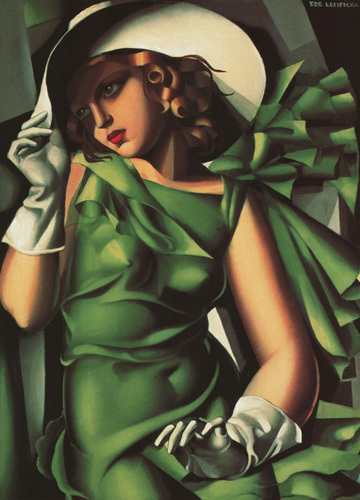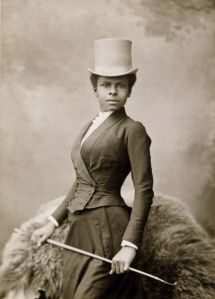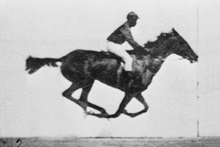At the beginning of June, I walked across the stage to receive my bachelor’s degree in the Arts discipline. Throughout my schooling, I’ve heard just about every line in the book: “Oh, don’t worry, I have a useless degree, too,” “Film studies? What are you going to do with a degree in film studies?” and (my personal favorite), “Arts?! There’s no money in the arts.” The former comments sting only for a moment as I worry about my future and ability to earn a living (until I realize everyone in my generation worries about their career). Usually, I shrug the remarks away and go about my business, smiling politely as the people who deem the arts a valueless branch of knowledge hypocritically enjoy the films, paintings, music, and artwork they inevitably encounter every day. Art is an inescapable part of our culture. The creativity and imagination of artists impress upon us the need to critique, question, or take pleasure in the product of a skill possessed by truly blessed individuals.
More importantly, our cultural memory would be devastatingly thin without artists. Painters and sculptors revealed to us interpretations of events that occurred thousands of years ago — without these renderings, we would have no connection to our history. Likewise, photographers also preserved moments of our past beginning in the 1800s. Although photography is a young artistic medium (radio, film, and television belong in this category, as well), the images display accurate information and also assist in our interpretation of the "olden days" from the size of a locomotive to the details on a woman’s riding habit.
From a technical perspective, film, as an art, exhibits our understanding of motion. From our brain’s ability to fill in the gaps through persistence of motion in the images of a horse galloping in Muybridge’s iconic example to Steamboat Willie whistling and steering his steam engine before he became Mickey Mouse. Like other forms of art, film goes through stylistic phases and conventions based on historical context. Would the characters in Chinatown (1976) be as concerned with surveillance and government corruption without the Watergate scandal in 1972? Would superheroes be as momentous in our current state without the terrorist attacks in 2001? While there is no definite explanation for these trends, they seem to point to a pattern: art fulfills a cultural need; a need to grow intellectually, and a need to express something emotionally.
Paul Klee, a Swiss painter, stated, “One eye sees, the other feels.” Art is the essence of a feeling to reap happiness from something visual, audible, and tangible. It is the preserver of our memories and the instigator of nostalgia. Without art, I believe we would have no concept of our own reality, or, much less, a grasp on the realities of our past. Typically, I don’t have an answer to dole out when people question the validity of my education. I would explain the thoughts I’ve just shared with you to the scoffers of my degree, but I fear I might upset them (and I do need someone to assist me during tax season). I have no clue how my degree will assist in my future, but I do know one thing: art is essential. Stay tuned for another centered blog that explains the title "art for art's sake"...







